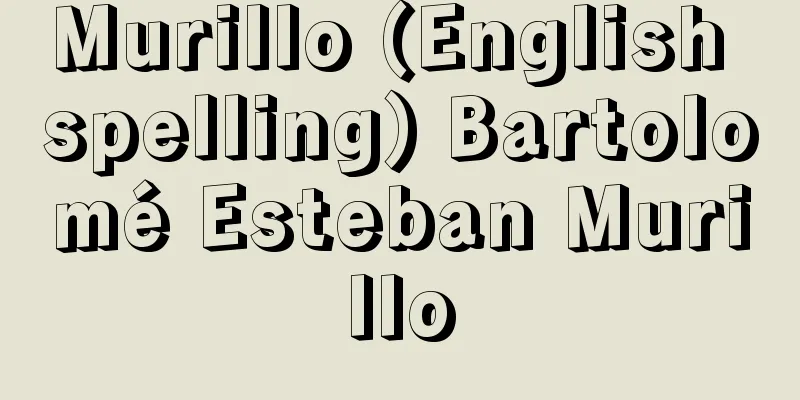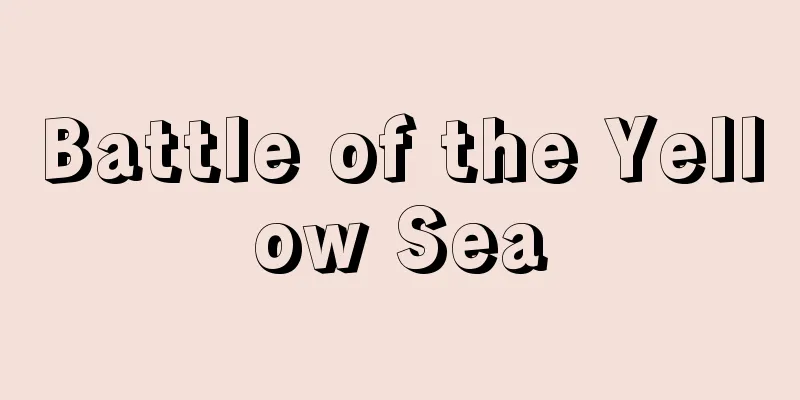Murillo (English spelling) Bartolomé Esteban Murillo

|
Spanish painter. A representative of the Spanish High Baroque in the second half of the 17th century. Born and died in Seville. He studied Zurbarán and José de Ribera, and started out with chiaroscuro and naturalism, but he also learned a lot from Raphael and the Venetian masters, Rubens and Van Dyck, and established a style of Baroque painting with free brushstrokes, skillful composition, and bright, brilliant colors, becoming a leading figure in the Seville school. He produced numerous series of paintings for churches and monasteries in Andalusia, but was also a representative painter of the Counter-Reformation movement, and reflected the Marian devotion that was particularly fervent in Spain in his sweet, golden-toned "Immaculate Conception" and intimate "Madonna and Child." He also produced many works depicting the childhood of Jesus, with pearlescent colors that foreshadowed the Rococo style. He also left behind fascinating genre paintings, such as "Boy with Lice," in which he portrayed the street children of Sevillian street children realistically but with a compassionate gaze. In 1660, together with Valdés Leal, he founded the Academy of Painting in Seville, where he devoted himself to guiding the younger generation. He was also known north of the Pyrenees during his lifetime, which was unusual for a Spanish painter, and his fame reached its peak during the Romantic period. In the 20th century, there was a backlash against this and he was viewed as vulgar, but in the 1980s he began to be reevaluated as a master of Baroque painting. [Kanyoshi Keizo] Source: Shogakukan Encyclopedia Nipponica About Encyclopedia Nipponica Information | Legend |
|
スペインの画家。17世紀後半のスペイン盛期バロックを代表する。セビーリャに生まれ、同地に没した。スルバランやホセ・デ・リベラを研究、明暗法と自然主義を出発点としたが、ラファエッロやベネチア派の巨匠たち、ルーベンスやファン・ダイクから多くを学び、自由な筆触と巧みな構図、明るく華麗な色調のバロック絵画を確立し、セビーリャ派の指導的存在となった。 彼はアンダルシア地方の教会や修道院のために数多くのシリーズを制作したが、同時にカトリック教会による対抗宗教改革運動の代表的な画家でもあり、スペインでとくに熱烈だったマリア信仰を、一連の甘美で黄金調の『無原罪の御(おん)やど』や親近感あふれる『聖母子像』に反映させた。イエスの幼年時代を描いた作品も多く、それらの色彩は真珠のような輝きをみせ、ロココを先駆している。一方、『虱(しらみ)を取る少年』をはじめ、セビーリャの浮浪児をリアルにしかし慈愛に満ちたまなざしで描いた魅力的な風俗画も残した。1660年、バルデス・レアルとともにセビーリャに絵画アカデミーを創設、後進の指導にも尽くした。また彼は、スペインの画家としては例外的に、生前からピレネー山脈以北にも知られ、その名声はロマン主義時代に頂点に達した。20世紀に入ってその反動が現れ、低俗視されたこともあるが、1980年代になってバロック絵画の巨匠として再評価され始めている。 [神吉敬三] 出典 小学館 日本大百科全書(ニッポニカ)日本大百科全書(ニッポニカ)について 情報 | 凡例 |
<<: Mussels (English spelling: moule [France])
>>: Meng Liang Luo (English: Mèng liáng lù)
Recommend
Fugitive - Ochiudo
Kabuki dance drama. Kiyomoto. The original title ...
local breed
…Wheat is a crop that has been introduced to Japa...
Parasite wasp - Parasite wasp
…There are many species, and they parasitize almo...
Ontosophia - Ontosophia
...The term dates back to the Latin ontologia, or...
Assam [State] - Assam
A state in northeastern India. It is surrounded by...
Disabled veteran
A soldier or military personnel who was injured d...
Mine dust
A general term for dust generated in coal mines an...
Angiocardiography
…Angiography is performed to diagnose diseases of...
Soeda Azenbou
1872-1944 (Meiji 5-Showa 19) Enka performer. His r...
Monimia (English spelling)
Genus name of a plant of the Monimiaceae family fo...
Ananassa - Ananassa
… [History of cultivation] The use of wild strawb...
Large group - Ogumi
...This is what is known as "junkumi," ...
Pilgrim - Gyoja
A person who is believed to have superhuman spiri...
Mikawa Plateau
A plateau in northeastern Aichi Prefecture. It is ...
Al-Muwaid Dynasty
The largest Berber dynasty (1130-1269) that ruled...









